Chinese Kungfu Show
The Legend of Kungfu is a Live performance presented by China Heaven Creation International Performing Arts Co., Ltd. (CHC) -- China's leading performance art production company, every night at Red Theatre. A group of the best Kung Fu practitioners of China are collected and the best directors and designers of the country are invited by CHC.
The show is about storytelling that a little boy from a very poor family whose mother was unable to provide for him and decided to send her son to a temple to be a monk and learn kungfu. The diligent student monk was initiated into the temple, learning Buddhism and Kungfu. The theme of the story is full of trials and tribulation of being a monk and the worldly temptations through his monkhood. He had a hard time getting used to the strict discipline of the temple and could not restrain his natural desire to chase a young beauty, so he suffered great regret and losing his way to self-cultivation. He punished himself severely and finally came back full circle to be the temple, attaining enlightenment. He became interested in the unbelievable power of Kung Fu, in which he must face many obstacles both from this world and his own mind to overcome his fears.
The fusion of modern dance with Chinese traditional martial arts makes this performance unique and spectacular, presenting stunning Kung Fu skills, exquisite ballet, splendid acrobatics and wonderful music, along with brilliant stage scenery, acoustic and light effect. With no speaking of the actors, there is an electronic screen displaying the show's subtitles in English above the stage to keep you informed of the storyline. After the show, the audience can also take photos with the main actors.
The show made its first appearance on the Beijing stage in July 15th, 2004. Ever since it has received numerous awards and become a world-class spectacle known around the world. If you are an enthusiast of Chinese Kung Fu, who would like to explore the real Chinese martial arts and culture, you definitely should not miss this excellent show of the prestigious Chinese Kung Fu.
China has one of the longest histories of continuously recorded martial arts tradition in the world. The Chinese Kung Fu is popular terms with Chinese martial arts, tracing its origins back some 4000 years ago to self-defense needs, hunting activities and military training in ancient China. In the long course of development, the Kung fu's purpose from self-defense to health maintenance and finally as method of self-cultivation. Kung Fu requires of the practitioner a strict code of physical and mental discipline. A common saying concerning basic training in Chinese martial arts is as follows: Train both Internal and External. External training includes the hands, the eyes, the body and stances. Internal training includes the heart, the spirit, the mind, breathing and strength. In addition, philosophy, ethics and even medical practice are highly regarded by most Chinese martial arts, which provides insight into Chinese attitudes and culture.
/uploads/main/litimg/2019-04-26/5cc25e0db7185.gif /uploads/main/litimg/2019-03-22/5c947c5895400.jpg,/uploads/main/litimg/2019-03-22/5c947c5896ae3.jpg,/uploads/main/litimg/2019-03-22/5c947c5897df6.jpg,/uploads/main/litimg/2019-03-22/5c947c58994d9.jpg,/uploads/main/litimg/2019-03-22/5c947c589a7ec.jpg,/uploads/main/litimg/2019-03-22/5c947c589becf.jpg 45,45,45,45,45,45,45,45,45,45 98,98,98,98,98,98,98,98,98,98.png)
.png)





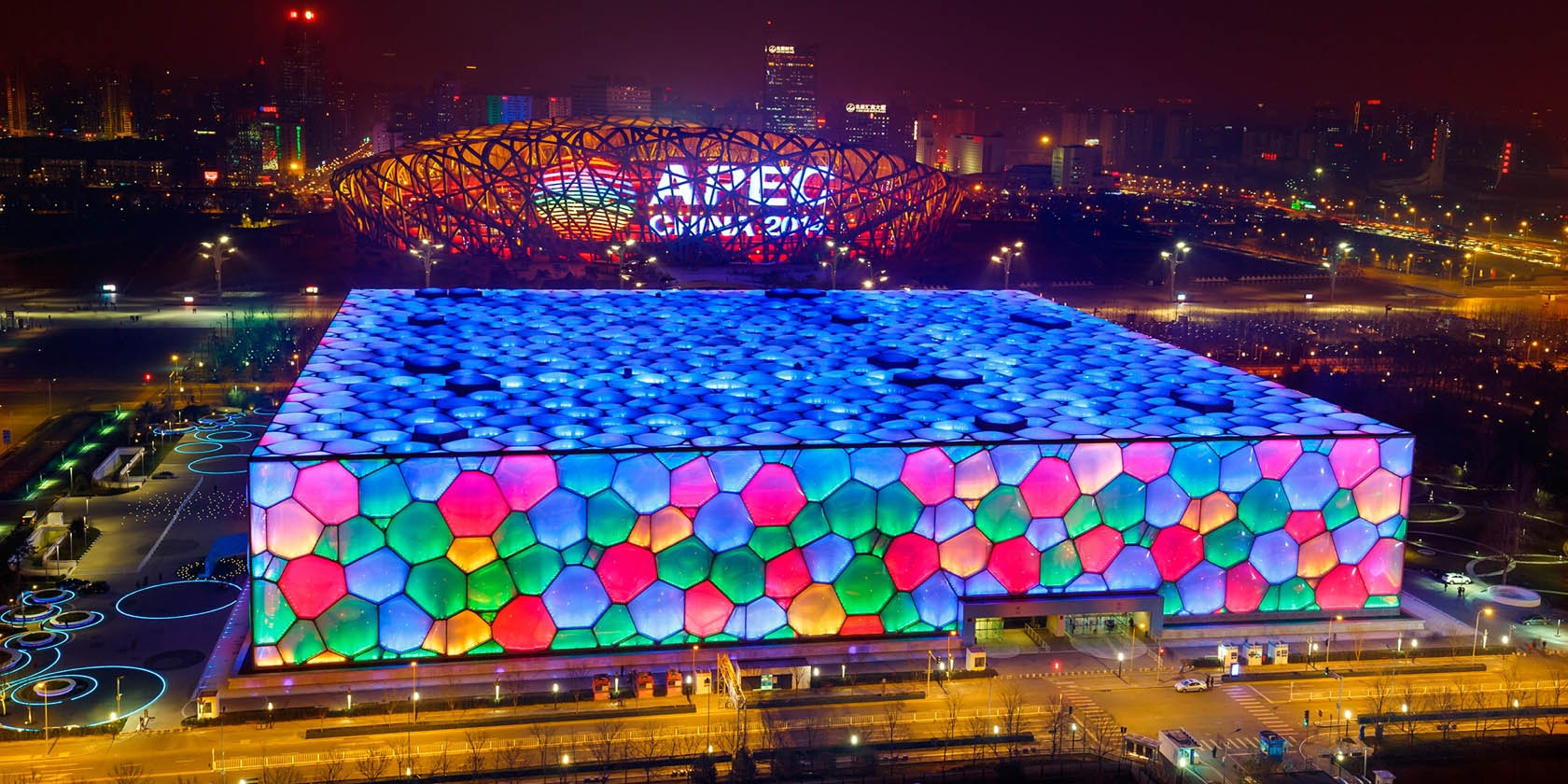
.png)
.png)

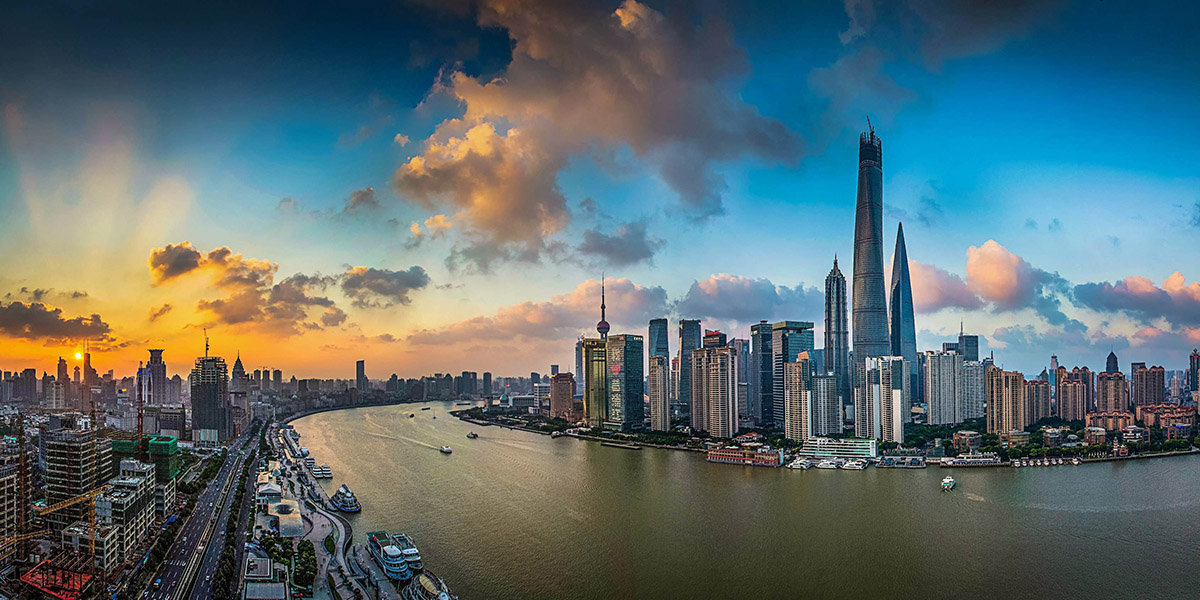
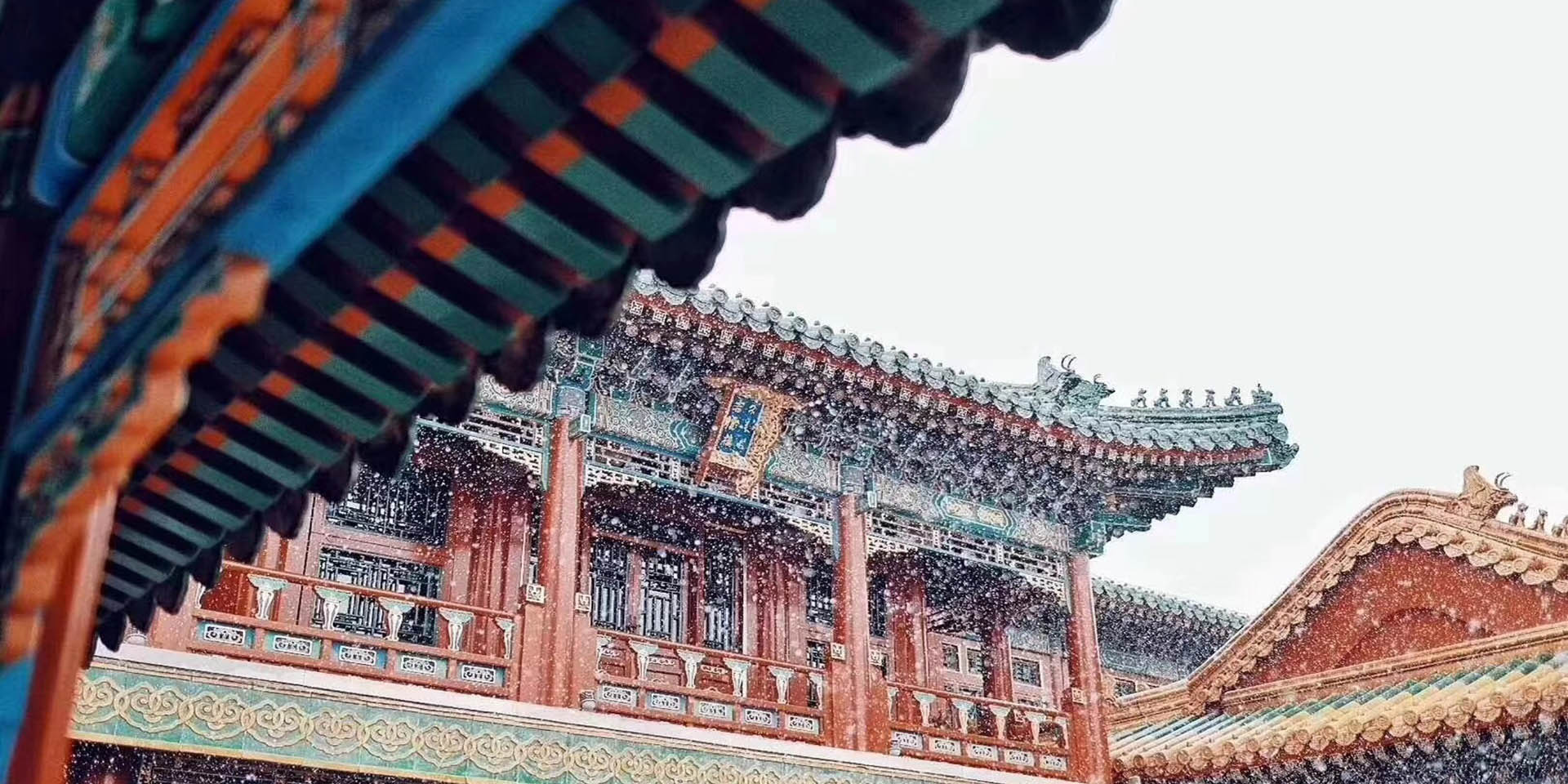
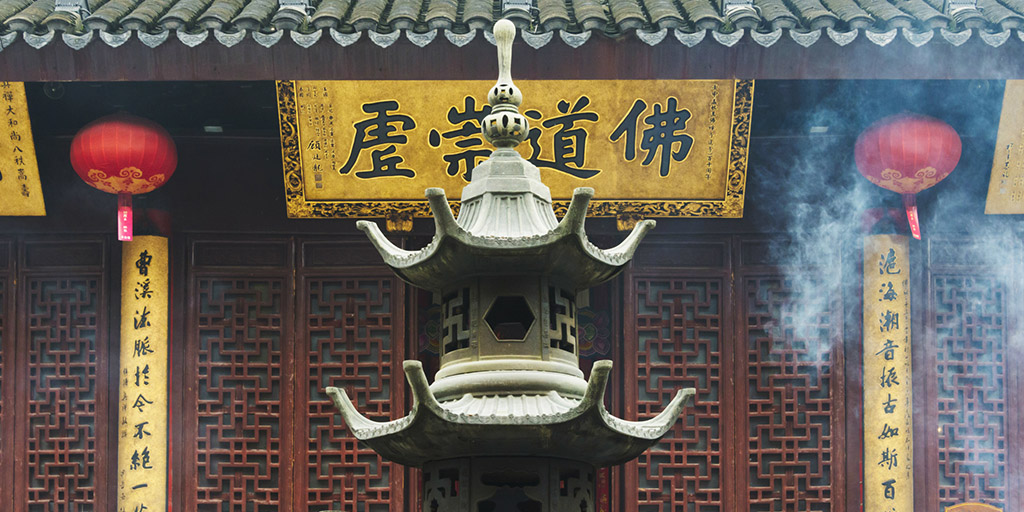
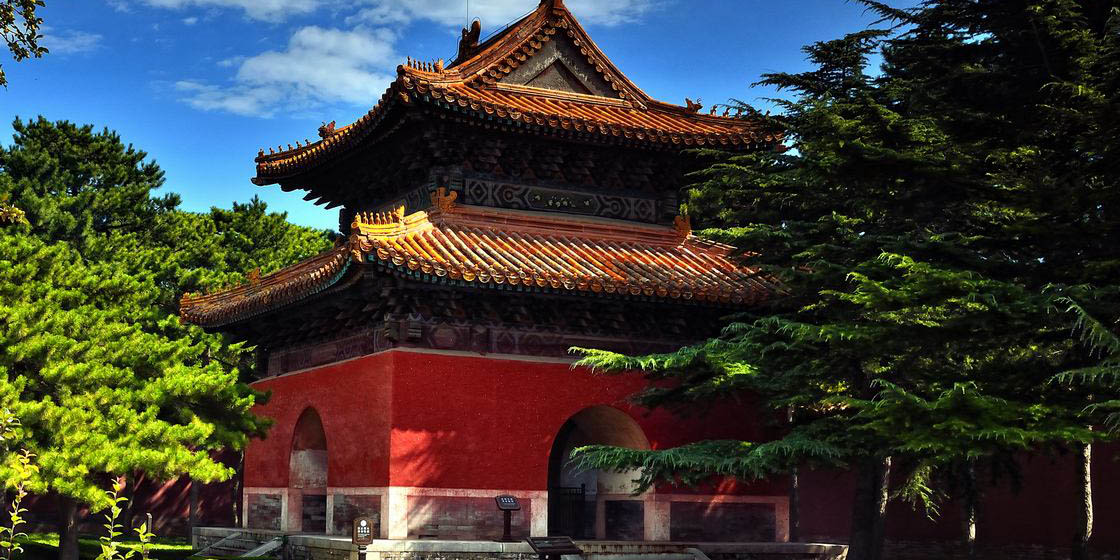

.png)
.png)
.png)
.png)
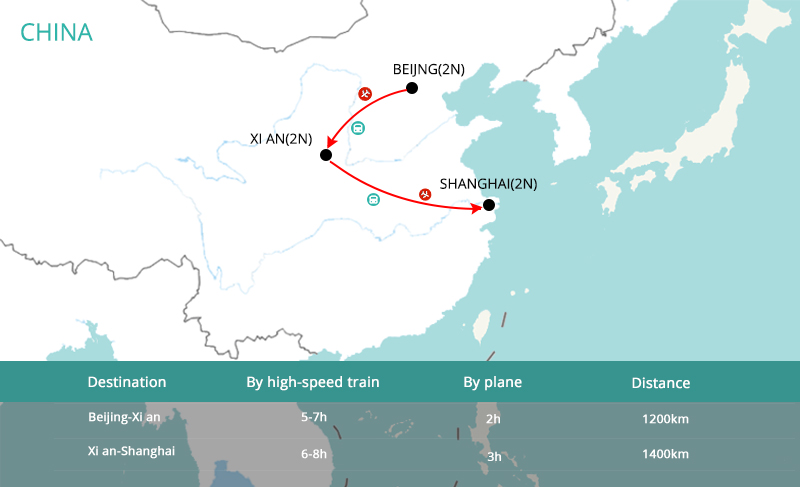

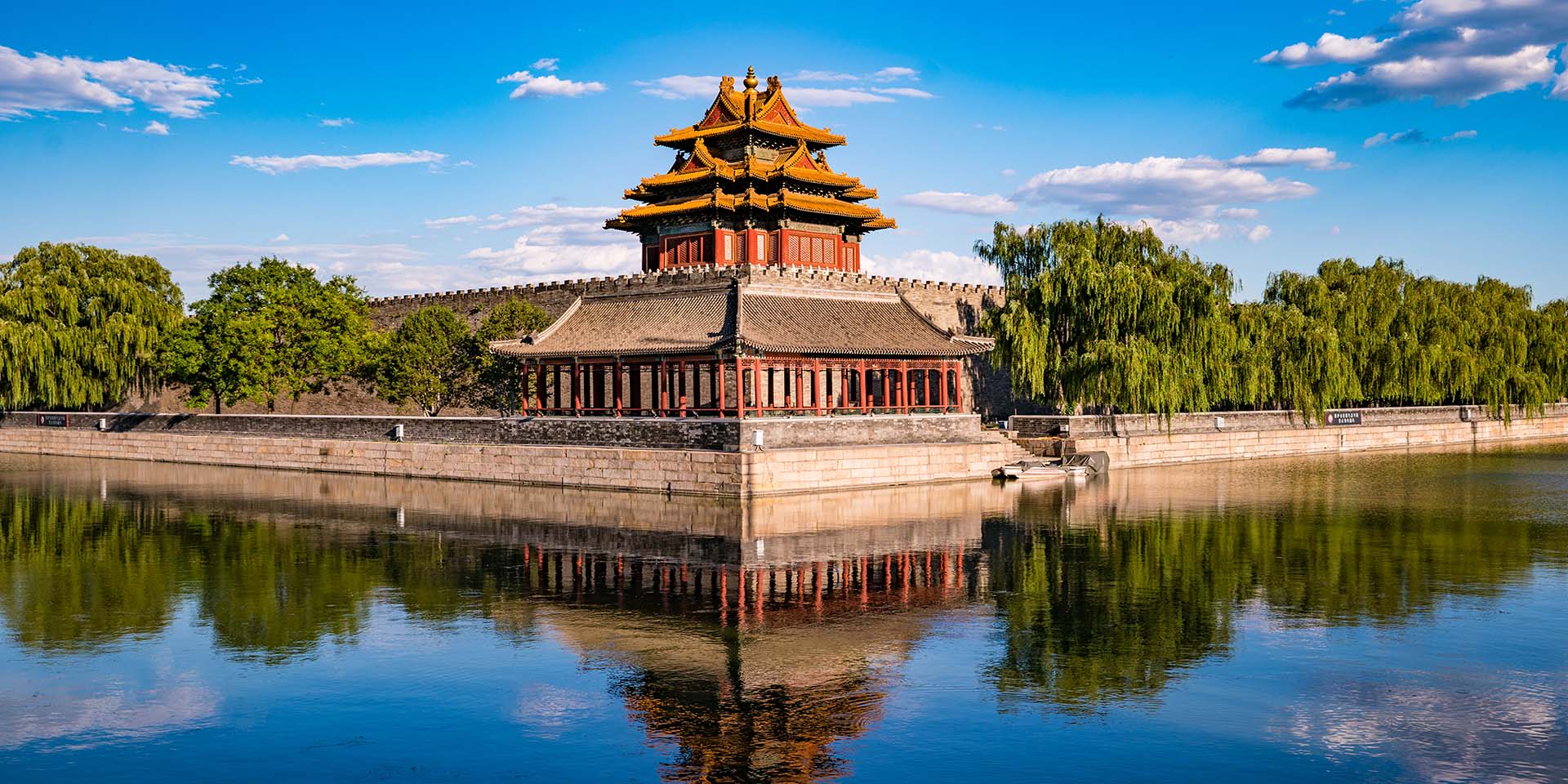

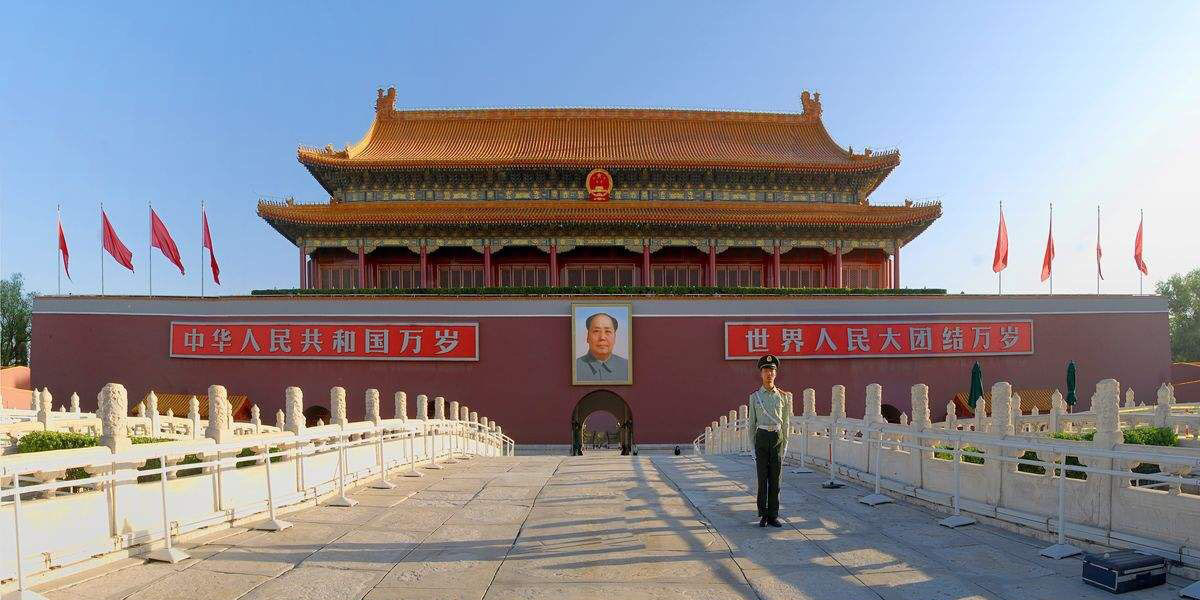
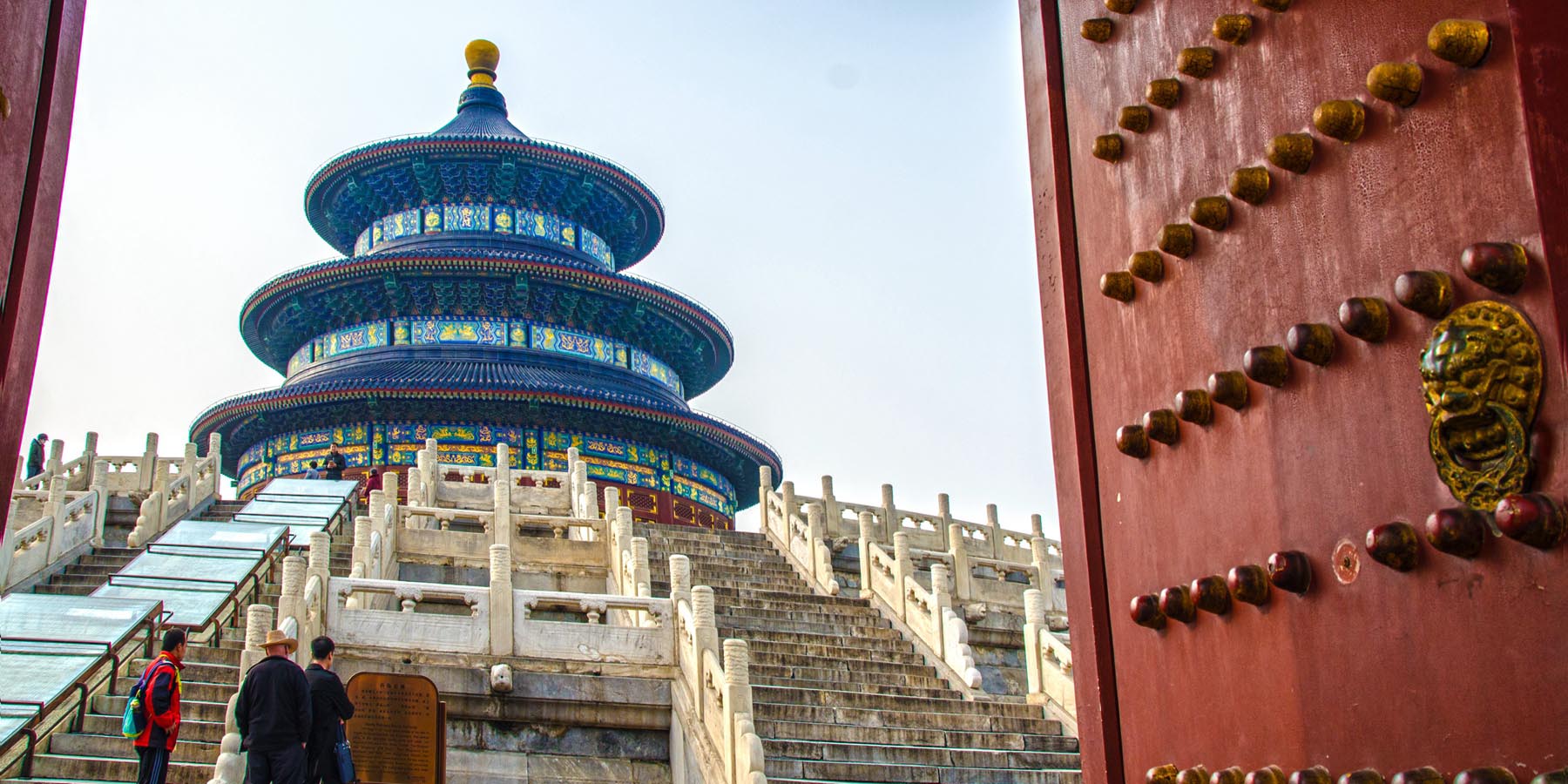
.png)

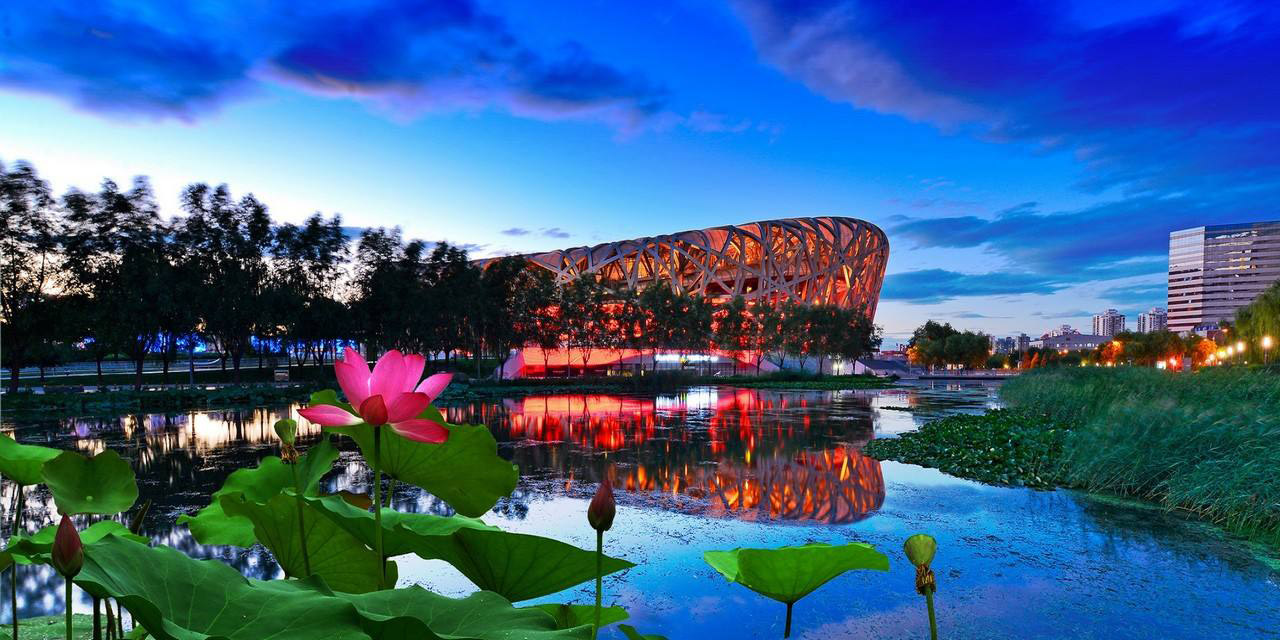
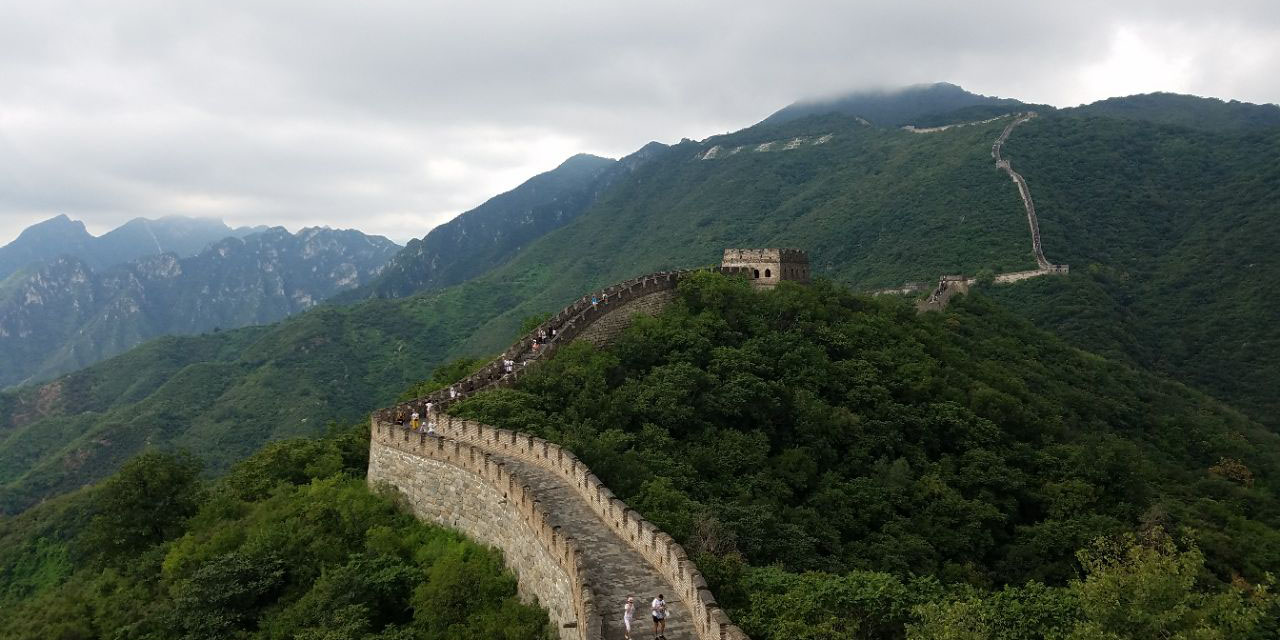
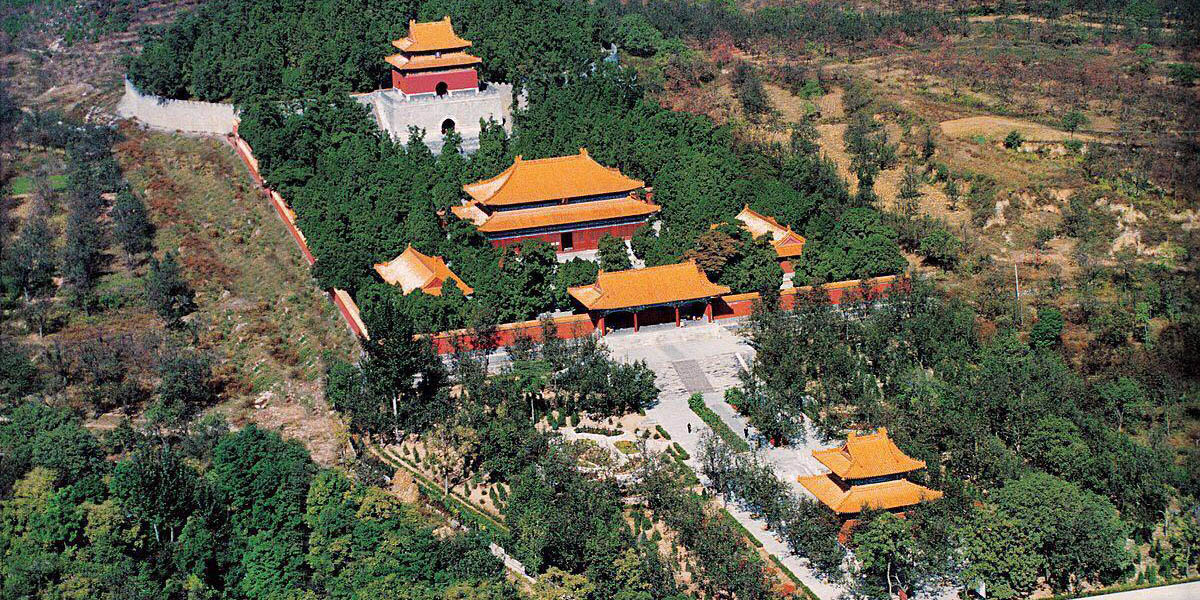
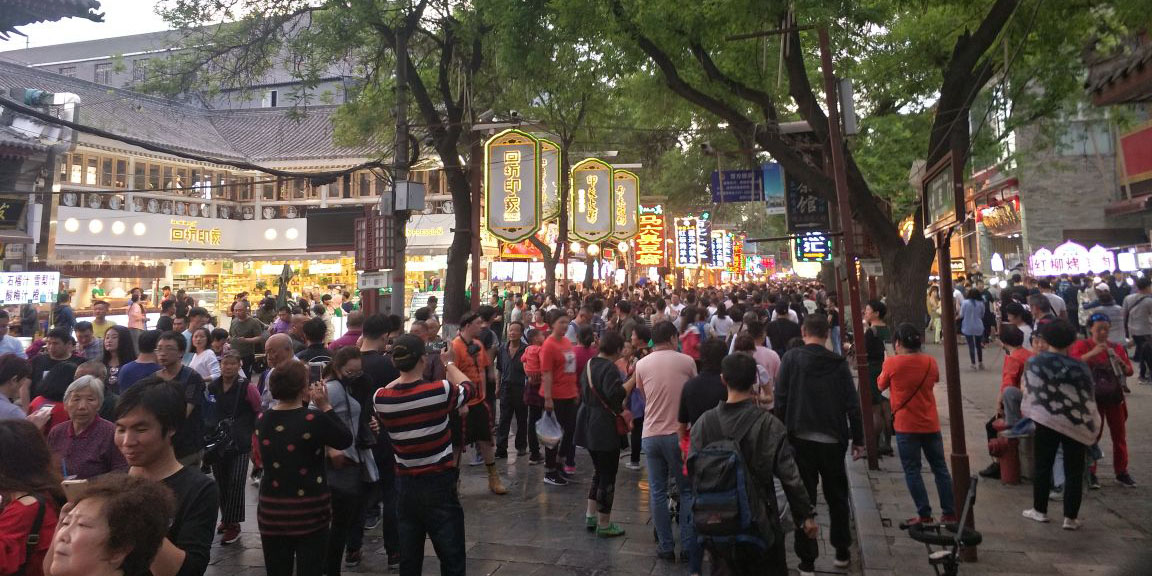
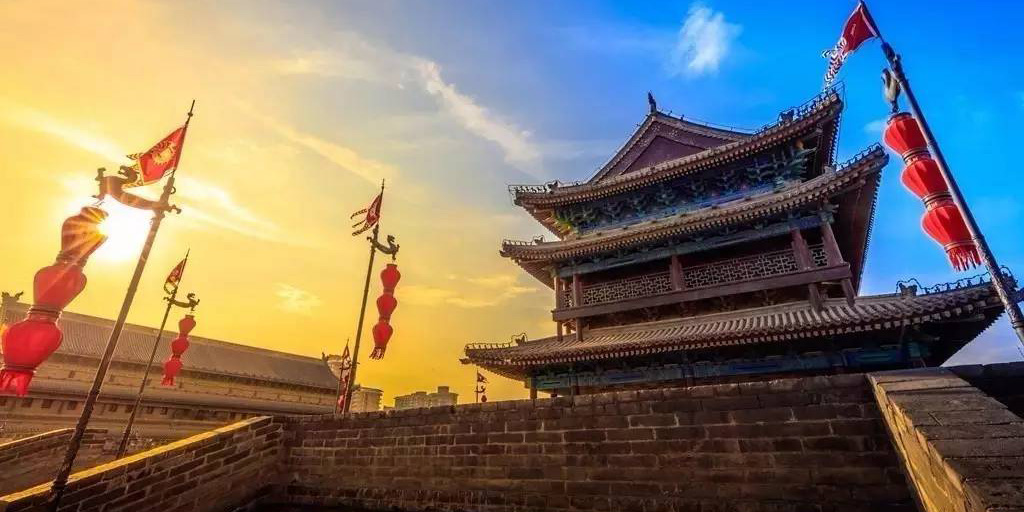
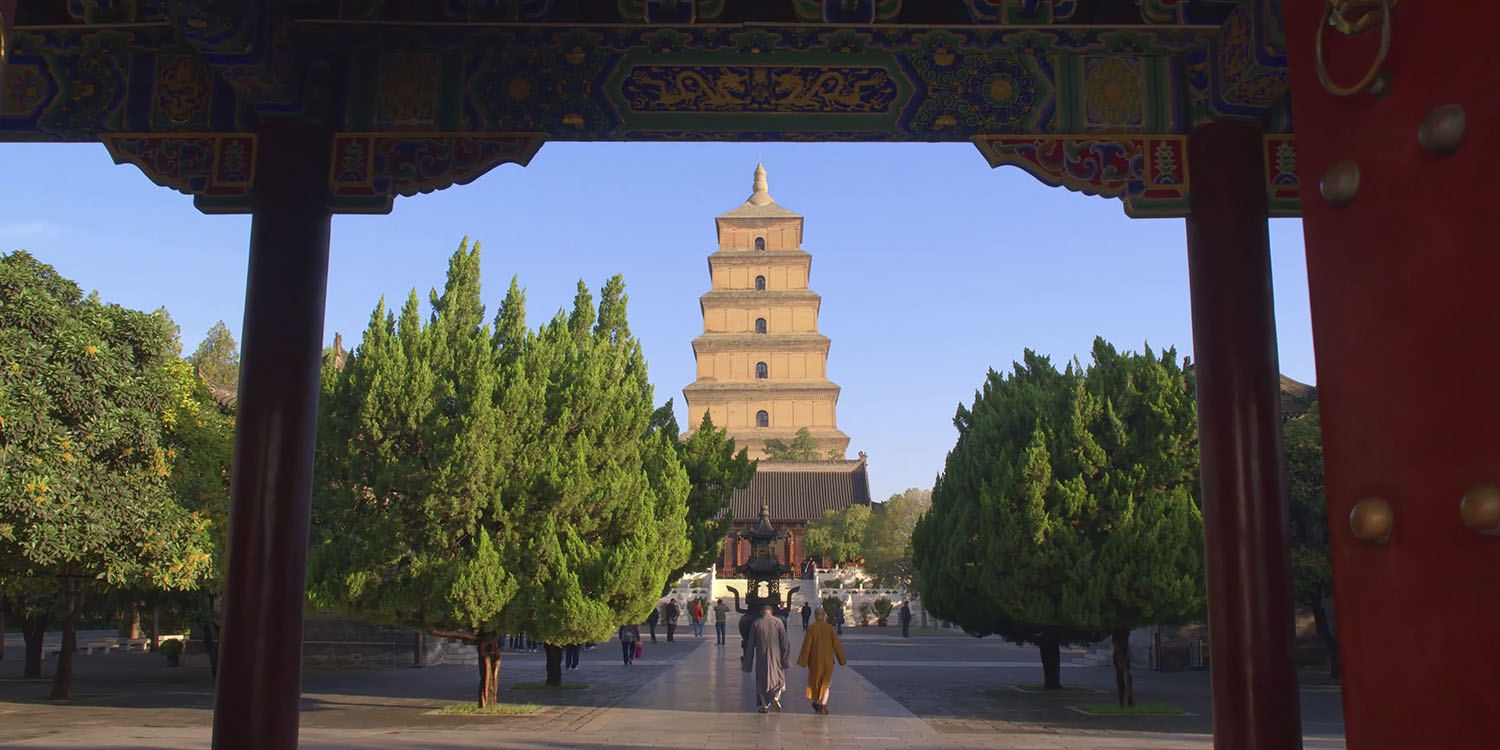
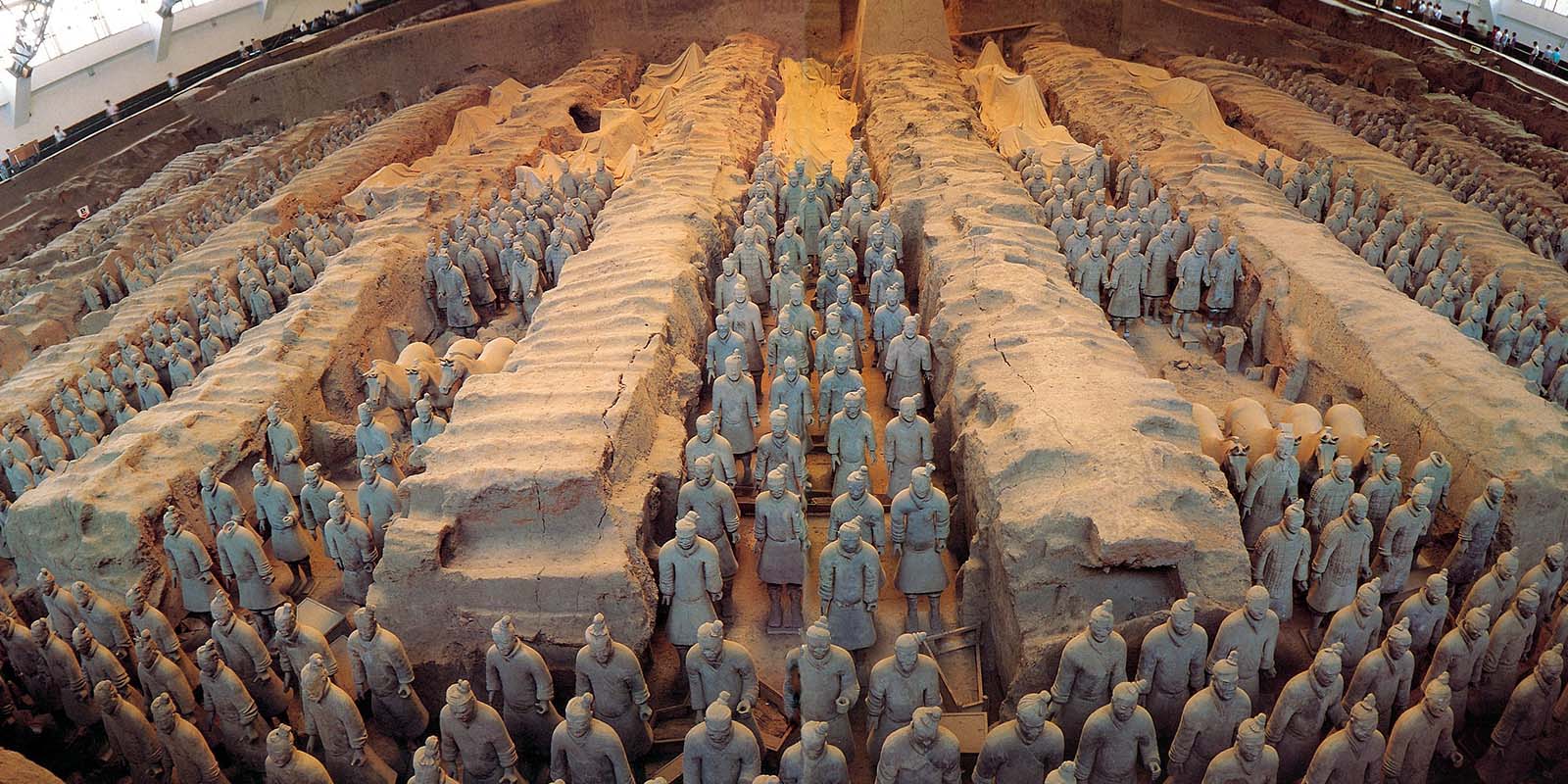
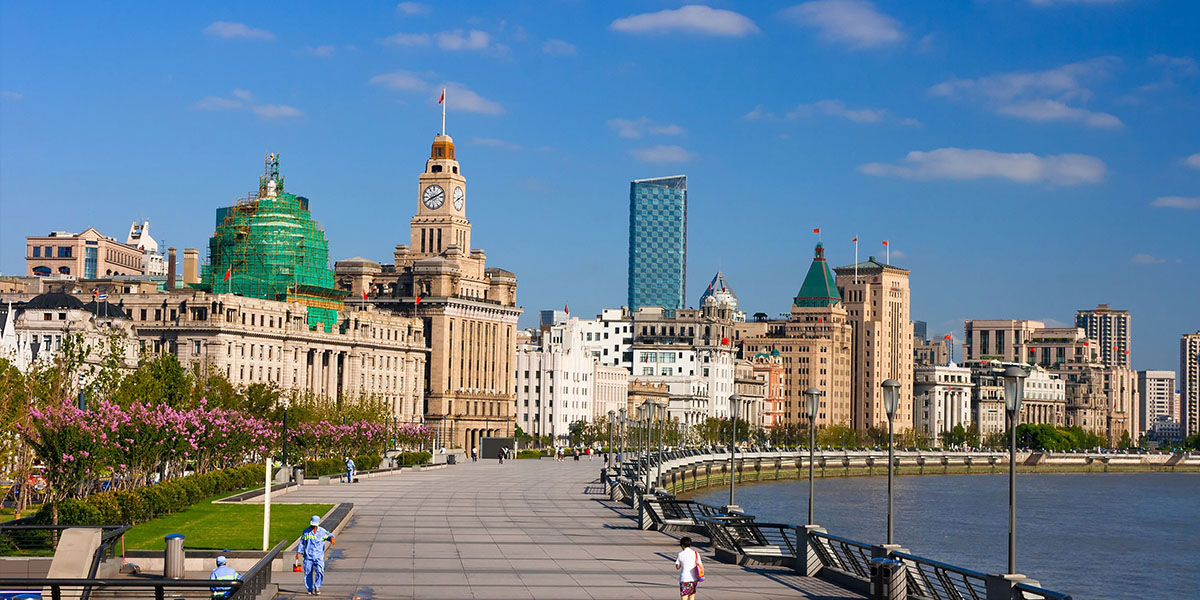
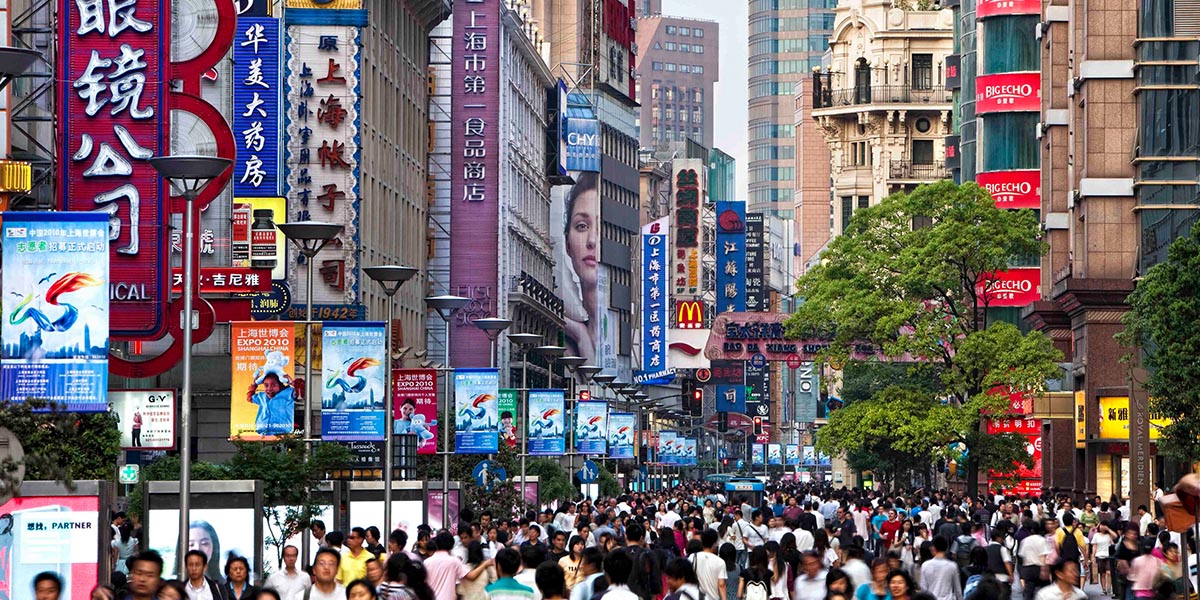

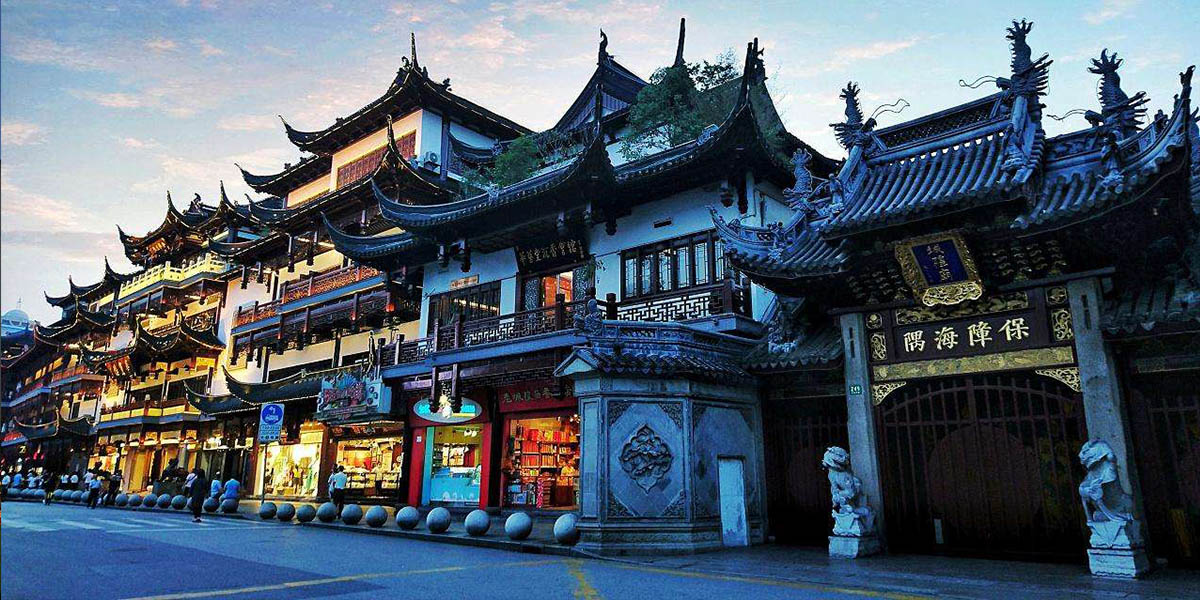
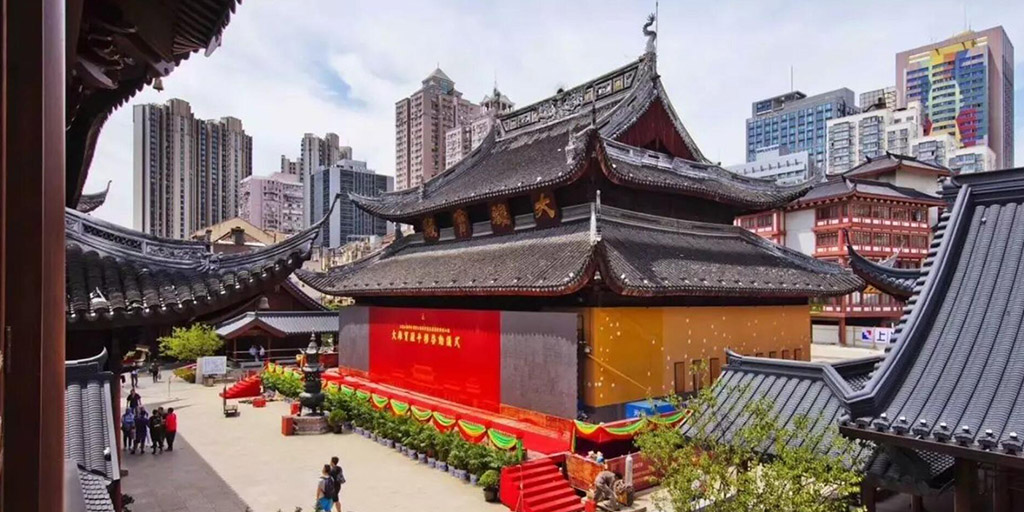
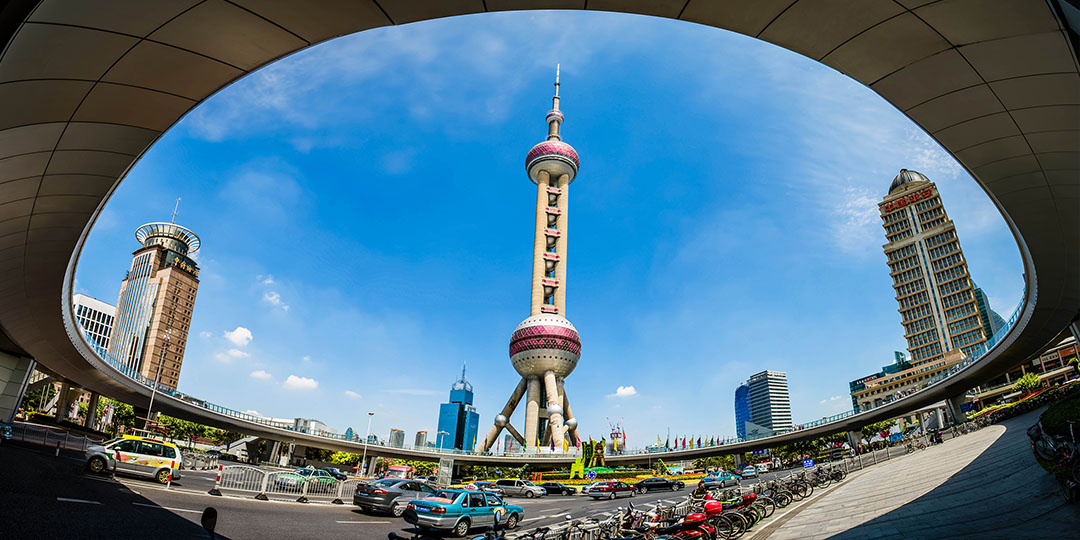
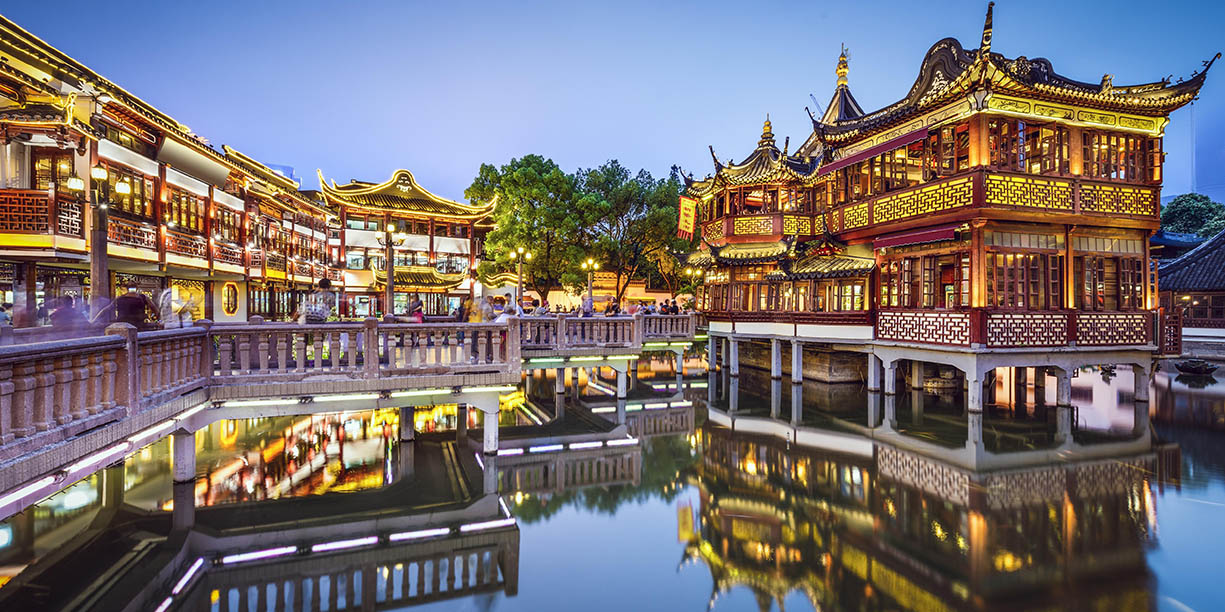
.png)
.png)






.png)
.png)
.png)
.png)
.png)
.png)
.png)



.png)
.png)
.png)
